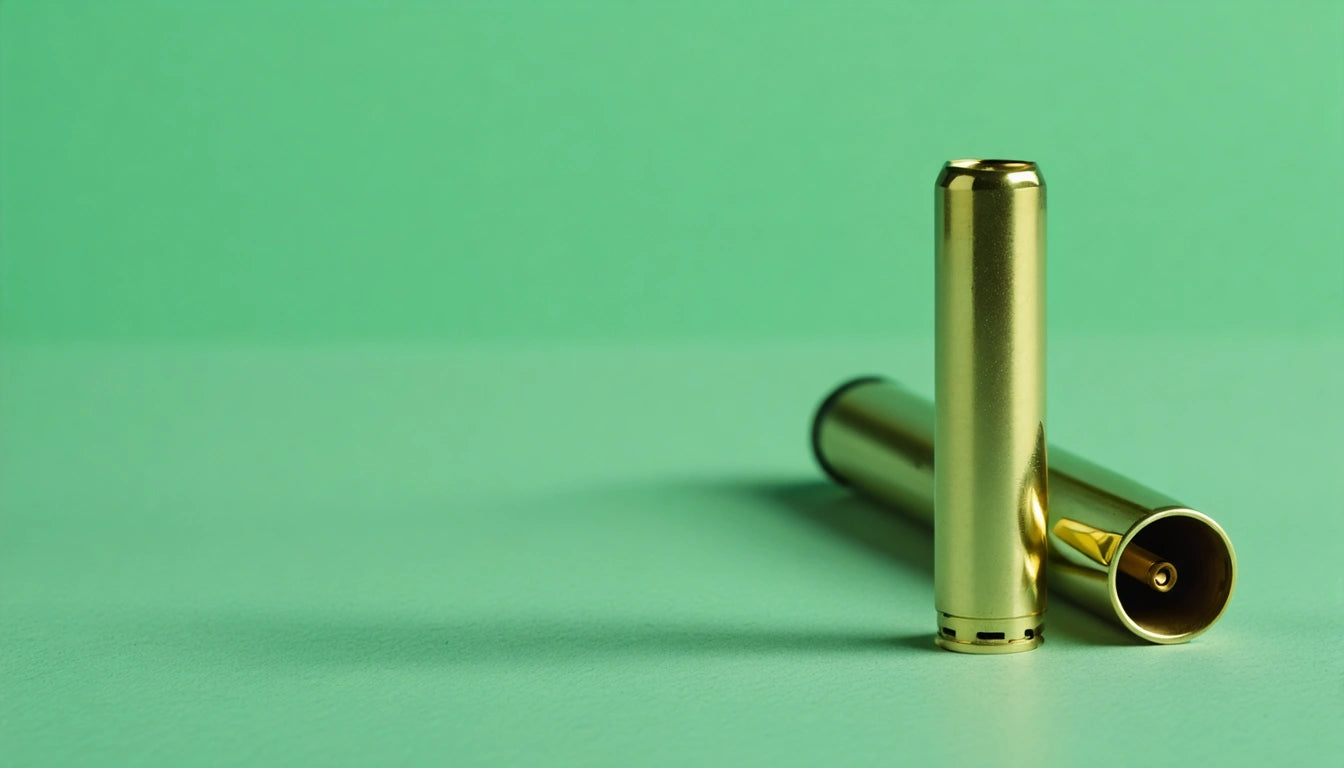Table of Contents
Can Vapes Trigger Smoke or Fire Alarms?
Vaping has become increasingly popular as an alternative to traditional smoking, but many users wonder about potential interactions with safety systems. A common concern is whether vapes can set off smoke or fire alarms in homes, hotels, or public buildings. This comprehensive guide explores the science behind alarm systems, how they interact with vapor, and practical tips to prevent unwanted triggering.
How Smoke and Fire Alarms Work
To understand whether vapes can trigger alarms, it's important to first understand how these detection systems function. There are two primary types of smoke detectors found in most buildings:
Ionization Smoke Detectors
These detectors use a small amount of radioactive material to ionize air within a sensing chamber. When smoke particles enter the chamber, they disrupt the ionization process, triggering the alarm. Ionization detectors are particularly sensitive to the small particles produced by flaming fires.
Photoelectric Smoke Detectors
These detectors use a light source and a photosensor. When smoke enters the detection chamber, it scatters the light beam, which then hits the photosensor and triggers the alarm. Photoelectric detectors are more responsive to larger particles typically produced by smoldering fires.
Heat Detectors
Unlike smoke detectors, heat detectors are triggered by temperature changes rather than particles in the air. These are less common in residential settings but may be found in commercial buildings.
Can Vapes Set Off Smoke or Fire Alarms?
The short answer is yes, vapes can potentially trigger smoke alarms, but it depends on several factors. Research on vaping and smoke alarms indicates that while vapor is different from smoke, it can still be detected under certain conditions.
Why Vapes Might Trigger Alarms
Vape aerosol contains tiny particles suspended in a mixture of water vapor, propylene glycol, and vegetable glycerin. These particles can be detected by both ionization and photoelectric smoke detectors:
- Photoelectric detectors may interpret the dense vapor clouds as smoke particles
- Ionization detectors can be triggered when vapor particles disrupt the ionization process
- The closer you are to a detector when exhaling vapor, the more likely it is to trigger
Factors That Affect Vape Detection
Not all vaping situations will trigger alarms. Several variables influence whether your vape will set off a smoke or fire alarm:
Detector Type and Sensitivity
Photoelectric detectors are generally more likely to be triggered by vape clouds than ionization detectors. Modern, highly sensitive detectors in hotels and commercial buildings may react to even small amounts of vapor.
Vaping Style and Device
The way you vape matters significantly. Different types of vape devices produce varying amounts of vapor:
- High-powered sub-ohm devices produce dense clouds more likely to trigger alarms
- Pod systems and smaller vapes produce less vapor and are less likely to cause issues
- Direct-to-lung vaping creates larger clouds than mouth-to-lung vaping
Room Conditions
Environmental factors play a crucial role:
- Room size and ventilation significantly impact vapor concentration
- Smaller, enclosed spaces with poor airflow increase trigger risk
- Vapor rises like smoke, so ceiling-mounted detectors are more susceptible
Preventing False Alarms While Vaping
If you choose to vape indoors, several precautions can help prevent triggering smoke or fire alarms:
Improve Ventilation
Proper airflow is your best defense against false alarms:
- Open windows to create cross-ventilation
- Use bathroom exhaust fans when vaping in bathrooms
- Consider using a portable air purifier with HEPA filtration
Distance and Direction
How and where you exhale matters:
- Vape away from smoke detectors, maintaining at least 10 feet of distance
- Exhale vapor downward or toward open windows
- Avoid blowing vapor directly upward toward ceiling-mounted detectors
Adjust Your Vaping Technique
Modifying how you vape can make a difference:
- Take smaller puffs to produce less vapor
- Consider devices that produce less visible vapor
- Hold the vapor in longer to reduce the amount exhaled
When enjoying cannabis products, many consumers are exploring alternatives like pre-rolls from premium custom cone collections that may present fewer concerns regarding indoor alarm systems than vaping does.
Vaping Safety Considerations and Best Practices
Beyond preventing false alarms, responsible vaping includes broader safety considerations:
Know the Rules
Understanding regulations and policies is essential:
- Hotels, apartments, and public buildings often have specific vaping policies
- Tampering with smoke detectors is illegal and dangerous
- Some locations may have designated vaping areas
Vapor Composition Awareness
Understanding what's in your vapor helps assess potential risks:
- THC vapes typically contain cannabinoids, terpenes, and carrier oils
- Nicotine vapes contain propylene glycol, vegetable glycerin, nicotine, and flavorings
- Both produce aerosols that can be detected by sensitive equipment
Alternative Options
When indoor vaping presents challenges, consider alternatives:
- Step outside to vape when possible
- Use less visible devices in sensitive environments
- Consider non-vape consumption methods when appropriate
By understanding how vapes interact with smoke and fire detection systems, you can make informed decisions about where and how to vape safely while respecting safety systems designed to protect everyone. Remember that while vaping is generally less likely to trigger alarms than smoking, the risk still exists and varies significantly based on your specific situation and environment.











Leave a comment
All comments are moderated before being published.
This site is protected by hCaptcha and the hCaptcha Privacy Policy and Terms of Service apply.